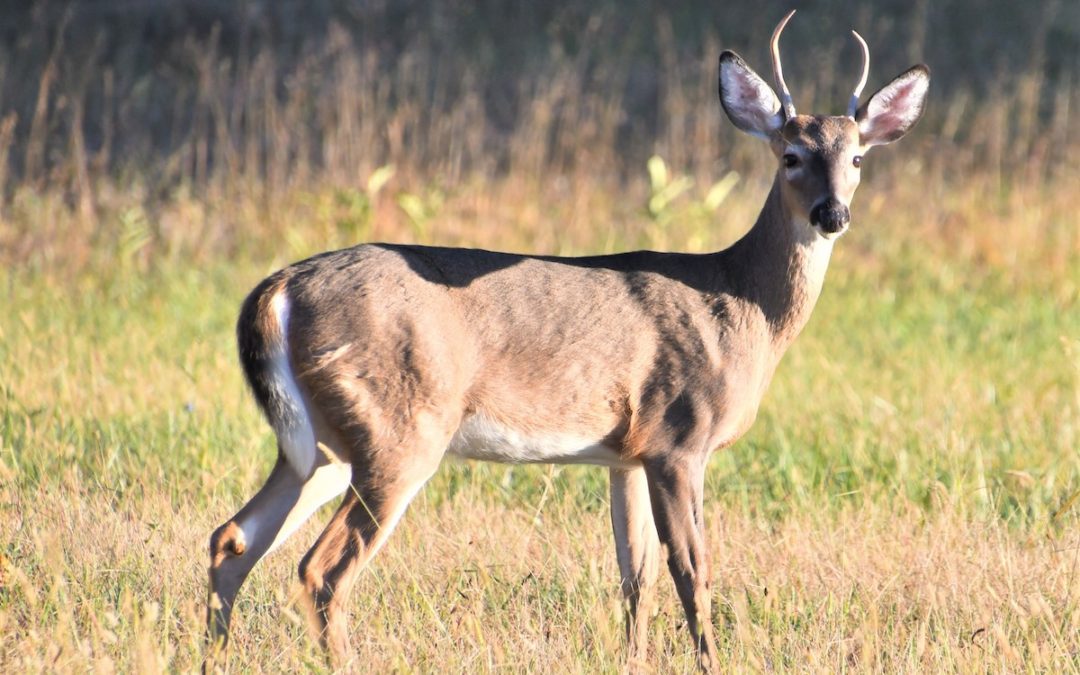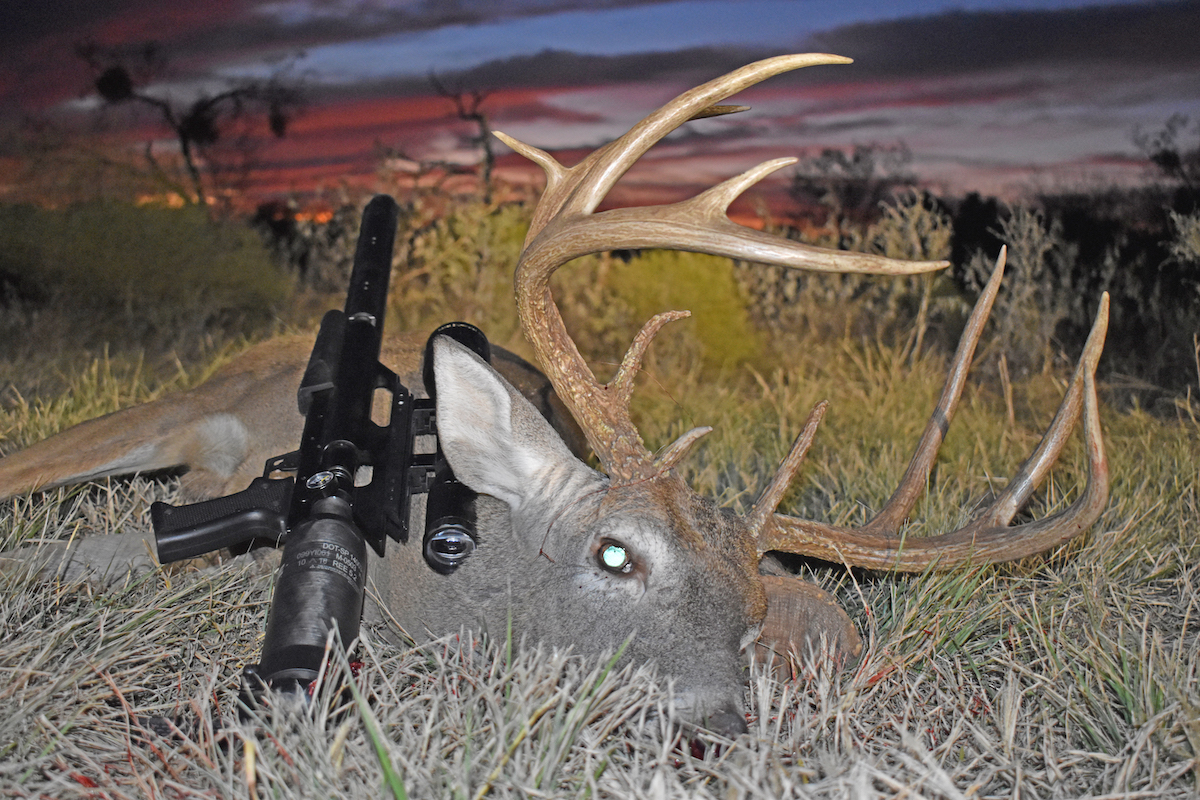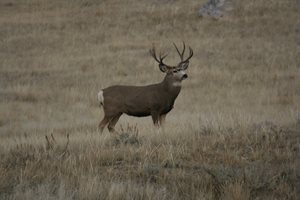Q. Larry, last week you wrote “Genetics determines shape and size of antlers. Genetic antler potential can only be attained with good daily nutrition and achieving maturity. But realize too, a smaller antlered buck bred to the ‘right’ doe could produce offspring with huge antlers. Bucks do not necessarily breed true to their antler style, although some do!” I thought the rule was “Once a spike always as spike,” and have been culling any from the deer on my property because I want the larger antler genetics. Should I be giving them a year or two more?”
A: Years ago when the Texas Parks and Wildlife Department on the Kerr Wildlife Management Area started its “spike buck study” to determine what role genetics played in antler development, and I was one of the wildlife biologists who helped provide deer to initiate the project. The deer I helped procure came from central and southern Texas. This, I recall, was one of the first comprehensive long-term whitetail deer genetics study ever done.
As a result of that study, it was essentially decided whitetail bucks tended to develop spikes (only main beams and no other tines) because of nutrition and genetics with emphasis on the latter. Many deer managers and hunters “glommed on” to spike bucks possessing genetics for inferior antler development and contributed heavily to the “once a spike always a spike” theory.
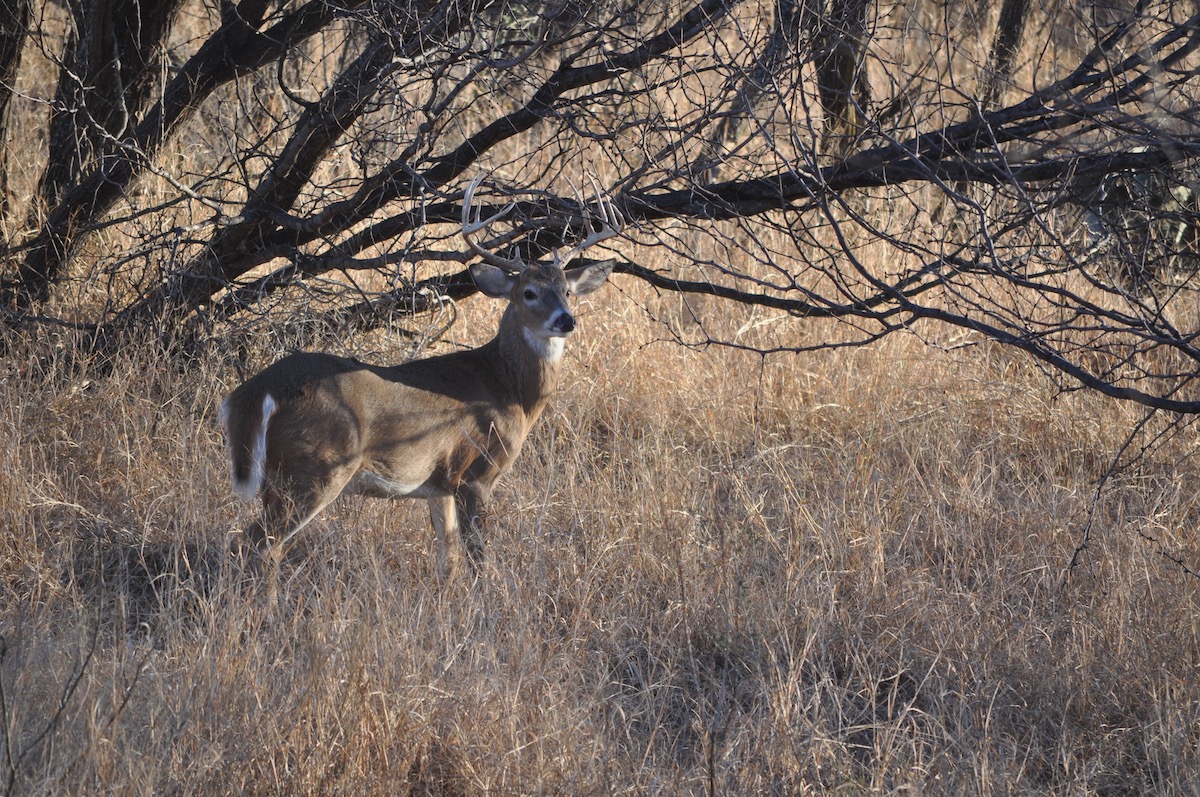
Spike bucks Weishuhn tagged and were able to follow for several years, all in time produced “acceptable” to big racks, provided they got adequate nutrition.
For a few years, I supported and encouraged the taking of all spikes if you were into a serious quality deer management program. But when I was able to do some of my own research on various ranches I managed throughout Texas using various harvest and nutrition regimens, I started questioning “all spikes are bad.” As a result of personal research, I came to a conclusion the primary reason yearling bucks developed spike antlers is because of a lack of proper nutrition.
When asked in seminars, by hunting groups and/or land managers, “Are spikes always going to be spikes?” my standard answer was and continues to be, “If spike bucks are killed as spikes I can assure you they’ll never develop a bigger set of antlers!”
If I surveyed property and saw an abundance of yearling spike bucks, my first suggestion was to start improving the daily nutrition to the deer present on the property. That possibly meant changing livestock grazing stocking rates and grazing practices, planting spring and fall food plots, planting native browse species, fertilizing existing native browse species and removing more does and possibly bucks (depending upon the current buck to doe ratio) and giving bucks an opportunity to mature under bettered nutrition; to bring the deer population down to the number of deer the range could support in the worst of times. This insures adequate nutrition throughout the year.
As we reduced the deer population and more forage became available to the deer that remained, we did away with “the spike problem.” With increased nutrition, yearling bucks tended to produce branched antlers for their first set of antlers.
Through state-approved research projects, we ear-tagged yearling spike bucks and followed their antler development. Realize there is great dispersal of young bucks, which tend to roam to new areas, possibly nature’s way of preventing in-breeding. Those spike bucks that we tagged and were able to follow for several years, all in time produced “acceptable” to big racks, provided they got adequate nutrition.
On one of the places I managed, which was high-fenced to control deer from entering into the property rather than getting out, we carried on a supplemental feeding program in conjunction with improving native browse, and keeping the population relatively low. One of the things we continued to see on that property was an abundance of yearling spikes. The primary cause for that was the fact that more than 80 percent of the 6-month-old does on the property were bred their first year of life, usually in February — a time when they were trying to grow their own body and trying to develop a fetus at the same time. Fawns from those very young does were born nearly three-months later than those born of older does. These extremely young does were also trying to produce milk to support their fawns, while still developing their own long bones. They usually did a poor job of both.
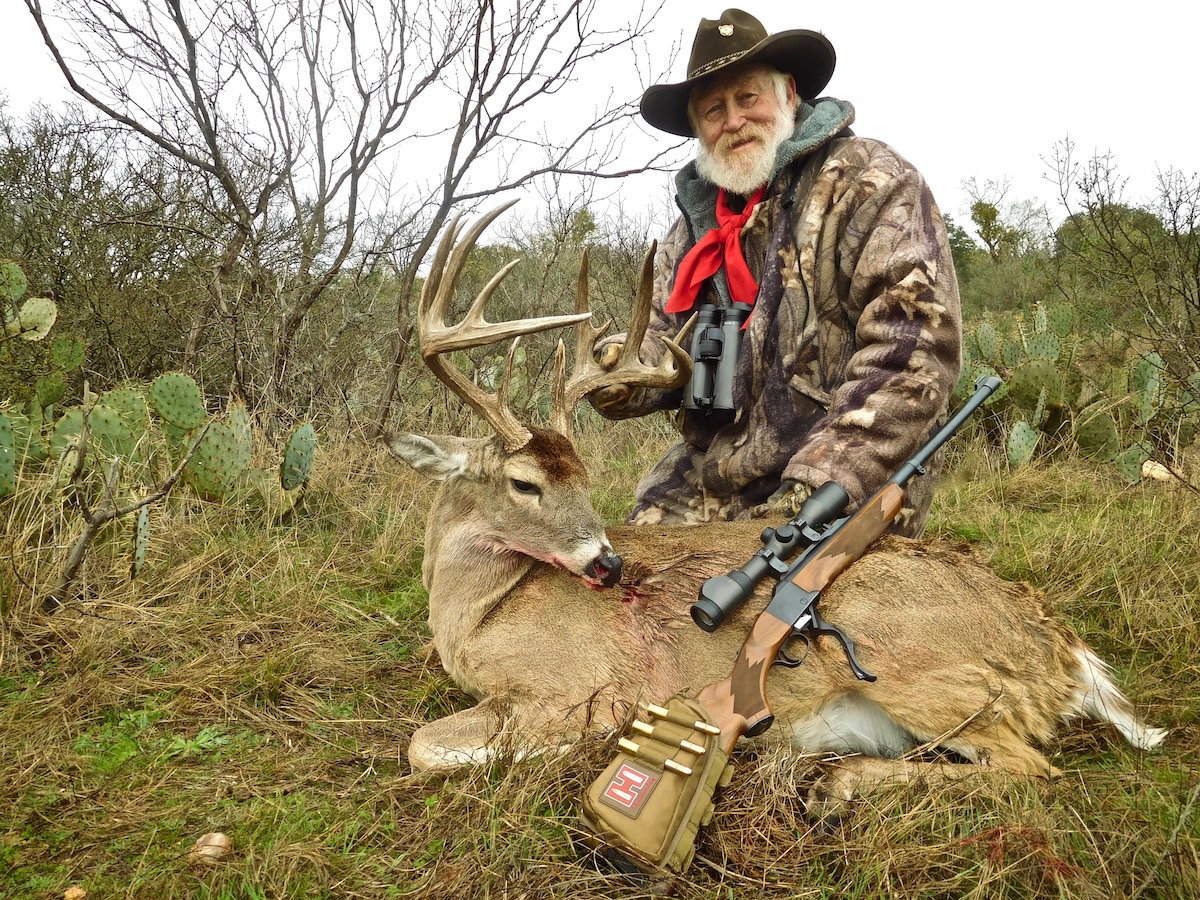
Giving bucks an opportunity to mature under bettered nutrition can improve antler development.
We ear-tagged several of the late-born buck fawns. All their first year had spike antlers! Thus, with our intensive nutrition program we were essentially “creating spikes.” Those same late-born fawns finally caught up with those that were born at a “normal time,” but usually not until they were five years old or older. This takes me back to my statement, “If you shoot them as yearling spikes, they will always be spikes!”
In the past few years, there has been much talk about culling “management bucks”— those that have smaller antlers than others the same age or cohort — which is something we must touch on here briefly as well. Recent research conducted by wildlife biologist Donnie Draeger and a team of other researchers from Texas A&M University – Kingsville, on the expansive Comanche Ranch in the South Texas Brush Country, a ranch I managed years ago, has shown culling has no effect on improving herd antler development.
If you’re interested in reading more about the research please visit www.qdma.com and read the article by entitled, “QDM Works, Culling Doesn’t” dates October 16, 2019. Part of the long-term project involved using DNA and showed that just because a buck had big antlers did not mean his offspring would. Interestingly, one of the bucks that produced better-antlered offspring had a very mediocre rack throughout his life. Research again confirmed does have at least a 50-percent influence on antler development of their offspring.
Bottom line answer to your question…I would give the spikes you are seeing an opportunity to mature, while doing all you can to improve the day to day nutrition. That may well mean removing more does while trying to improve the habitat.

As a wildlife biologist, Larry Weishuhn established quality wildlife management programs on approximately 12,000,000 acres across North America with emphasis on habitat and animal populations. As a writer, he has served on staff on numerous publications in hunting, shooting and wildlife management and has long been involved with the highest quality outdoor television productions.

